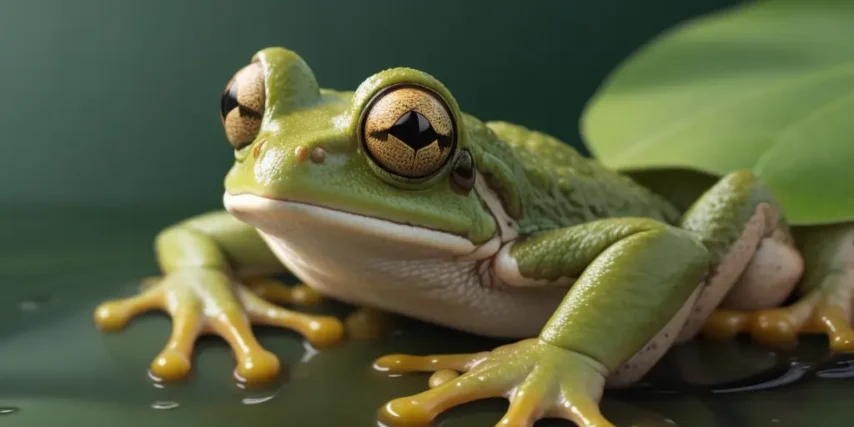Exploring the Enchanting Habitats of Frogs: A Fascinating Journey into Their Diverse Homes
Frogs, with their distinctive croaks and unique adaptations, have long captured the fascination of nature enthusiasts and scientists alike. These remarkable amphibians are found in a variety of habitats around the world, from lush rainforests to arid deserts. In this comprehensive exploration, we delve into the diverse ecosystems where frogs make their homes, shedding light on their remarkable ability to thrive in different environments.
- Wetlands and Marshes:
One of the most iconic habitats associated with frogs is wetlands and marshes. These areas provide an ideal breeding ground for many frog species. Shallow waters, abundant vegetation, and a wealth of insects make wetlands and marshes the perfect environment for frogs to lay their eggs and ensure the survival of their tadpoles. As the tadpoles develop into juvenile frogs, they often remain close to these water sources, utilizing the rich ecosystem for both sustenance and protection.
- Tropical Rainforests:
The lush canopies of tropical rainforests are another prime habitat for frogs. These vibrant ecosystems, characterized by high humidity and constant rainfall, create an ideal environment for a wide variety of frog species. Tree frogs, with their adhesive toe pads, navigate the dense vegetation with ease. The diversity of insects, plants, and microorganisms in rainforests provides an abundant food source for these amphibians, contributing to their thriving populations.

- Temperate Forests and Woodlands:
Frogs are not confined to tropical locales; many species are well-adapted to temperate forests and woodlands. In these environments, frogs can be found near ponds, streams, or other water bodies. Some species, like the wood frog, have developed unique strategies to survive in colder climates. They can endure freezing temperatures by entering a state of suspended animation, thawing out when warmer weather returns.
- Desert Oases:
Contrary to the perception that frogs are exclusively associated with water-rich environments, some species have evolved to inhabit arid regions. Desert oases, with their sporadic water sources, provide a haven for these adapted amphibians. The spadefoot toad, for example, has specialized digging adaptations that allow it to burrow underground for long periods, emerging to breed during rare rain events.

- Urban Environments:
Frogs have proven to be incredibly adaptable to human-altered landscapes. Many urban areas around the world are home to various frog species that have learned to coexist with human activities. Parks, gardens, and even drainage systems can serve as habitats for these resilient creatures. However, the impact of urbanization on frog populations is a topic of concern, as pollution and habitat loss pose significant threats to their well-being.
- Alpine Meadows:
Venturing to higher altitudes, we discover frogs thriving in alpine meadows. These habitats, found in mountainous regions, are characterized by open grasslands and seasonal water sources. Alpine frogs are often well-camouflaged to blend in with their surroundings, and their unique adaptations allow them to cope with the challenges of high-altitude living, including lower oxygen levels and fluctuating temperatures.
- Caves and Underground Habitats:
Some frog species have adapted to subterranean living, making caves and other underground environments their homes. These frogs have evolved specialized behaviors and physical characteristics to navigate the darkness, often relying on senses other than sight. The caves provide a stable microclimate, protecting these amphibians from extreme external conditions.

Conclusion:
In this exploration of the varied habitats of frogs, we have uncovered the remarkable adaptability of these amphibians. From the steamy rainforests to the arid deserts, frogs have successfully colonized a wide range of ecosystems, showcasing their ability to overcome environmental challenges. As we continue to study and appreciate these fascinating creatures, it becomes clear that the conservation of diverse habitats is crucial for the survival of frogs and the preservation of Earth’s biodiversity. So, the next time you hear the melodic croak of a frog, take a moment to appreciate the rich tapestry of habitats that these enchanting creatures call home.







